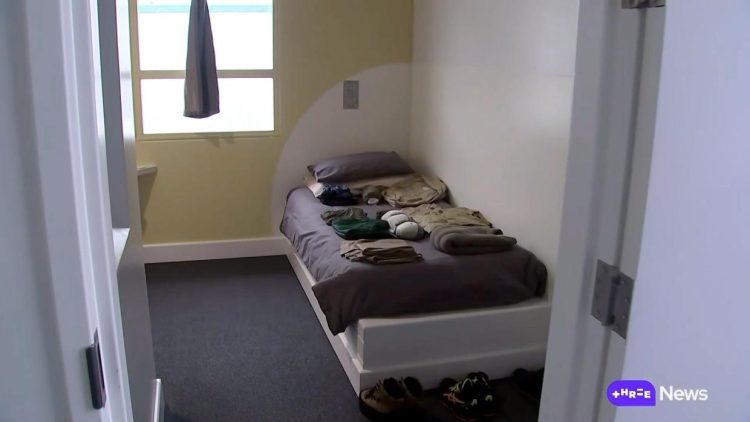Những thanh niên phạm tội ở New Zealand sẽ tham gia vào một chương trình trại huấn luyện kiểu quân đội, như được tiết lộ trong các tài liệu mới từ Oranga Tamariki. Chương trình kéo dài 10 tuần này nhằm thay đổi hành vi của tội phạm trẻ tuổi và có trụ sở tại cơ sở tư pháp thanh niên Palmerston North.
Chương trình có ba giai đoạn: kỷ luật, phát triển bản thân và nhóm, và chuyển đổi. Các hoạt động bao gồm các cuộc tập trận quân sự hàng ngày, thể thao, võ thuật, yoga, các khóa học dây thừng cao, cắm trại và thăm bãi biển. Trọng tâm ban đầu sẽ là sức khỏe toàn diện như giấc ngủ và dinh dưỡng, bắt đầu ngay lập tức.
Chỉ một nhóm thanh niên phạm tội được chọn lọc mới có thể tham gia, cụ thể là những người bị kết án thông qua Tòa án Thanh niên. Những cá nhân này được lựa chọn dựa trên hành động và khả năng tham gia của họ. Chương trình tránh nhóm những người có quan hệ băng đảng, khuyết tật về thể chất hoặc các vấn đề sức khỏe tâm thần phức tạp.
Những người tham gia nhận được đồng phục, nhật ký và đồ vệ sinh cá nhân khi đến nơi và được chỉ định cố vấn. Họ sẽ ghi nhật ký hàng ngày và nhận được hỗ trợ cho quá trình chuyển đổi. Các hoạt động sẽ bao gồm các trải nghiệm văn hóa như tham quan marae hoặc học võ thuật Māori. Các kỹ năng sống như viết CV và nấu ăn cũng là một phần của chương trình giảng dạy, cùng với một ngày nghề nghiệp.
Chương trình coi trọng tư vấn, điều trị bằng thuốc và dạy các chiến lược đối phó và điều chỉnh cảm xúc. Các hội thảo sẽ bao gồm việc tìm kiếm ý nghĩa trong cuộc sống và nhận ra giá trị cá nhân. Mỗi thanh niên sẽ có các buổi họp hàng tuần với một người lãnh đạo trường hợp hoặc nhà tâm lý học.
Sau khi tốt nghiệp, trong đó có một buổi lễ và bữa tối, sự hỗ trợ tiếp tục với các cố vấn và các hoạt động chuyển tiếp. Sinh viên tốt nghiệp tham gia một mạng lưới cựu sinh viên để duy trì kết nối. Mặc dù chi tiết về hỗ trợ tái phạm còn hạn chế, các kế hoạch riêng lẻ sẽ được tạo ra.
Chương trình nhằm mục đích thành công lâu dài, đo lường kết quả thông qua hạnh phúc của người tham gia và phản hồi từ nhà tuyển dụng và cộng đồng.




























































